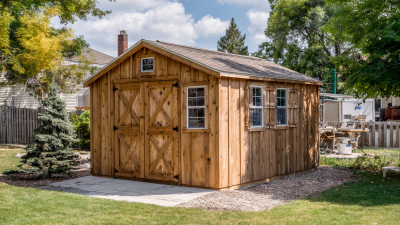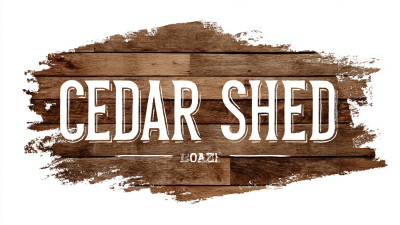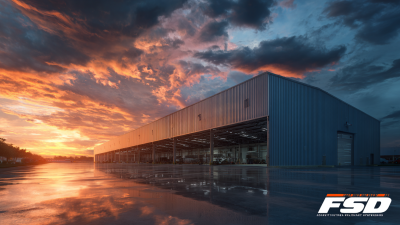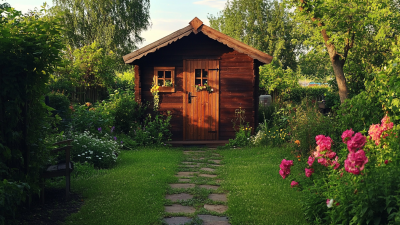Sorry, your browser is not supported. For a better experience, keep your browser up to date. Check here for latest versions
When considering the addition of a Cedar Shed to your backyard, it's essential to make an informed choice that complements your outdoor space while meeting your storage needs. According to a recent report by the National Association of Landscape Professionals, outdoor structures like sheds can increase property value by up to 15%. Cedar sheds are particularly favored for their durability and natural resistance to decay and insects, making them a sustainable choice for homeowners. The Cedar Bureau reports that cedar wood has a lifespan of over 30 years in outdoor conditions, which highlights its long-term benefits. With such significant investment, selecting the perfect Cedar Shed requires careful consideration of factors such as size, design, and pricing. In this guide, we present five essential tips from industry experts to help you choose a Cedar Shed that not only enhances your backyard but also proves to be a practical asset for years to come.
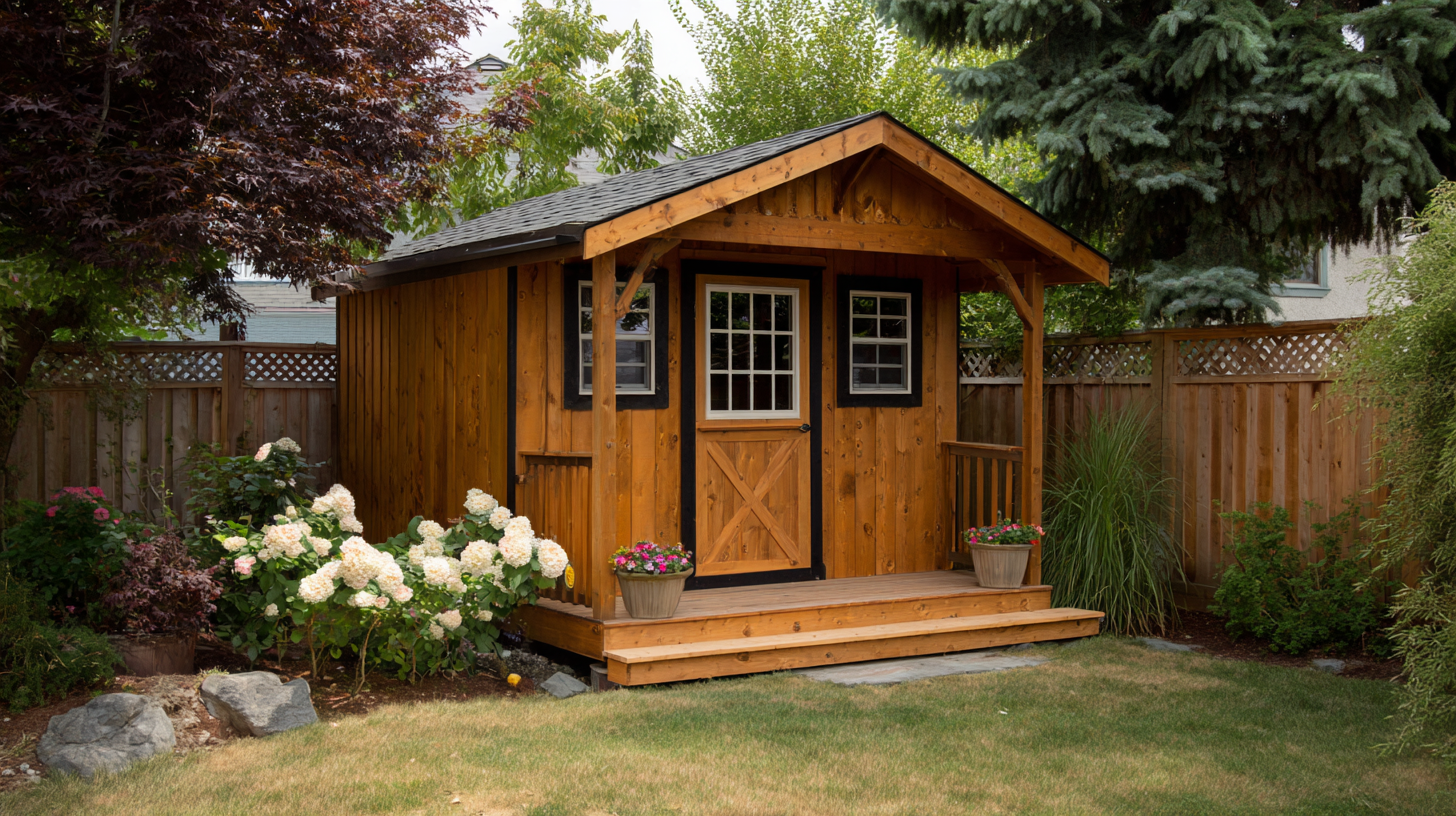
When considering materials for a backyard shed, cedar emerges as a top choice due to its exceptional durability and natural resistance to decay. According to industry reports, cedar can last up to 30 years without significant maintenance, making it one of the longest-lasting wood options available. This remarkable lifespan is largely attributed to the natural oils present in cedar, which repel moisture and deter insects. As noted by the Western Wood Products Association, cedar's ability to withstand harsh environmental conditions surpasses that of many other wood types, ensuring that your investment remains robust for years to come.
In addition to its longevity, cedar sheds offer a unique aesthetic appeal that complements various architectural styles. The Natural Resources Canada data highlights that untreated cedar sheds resist warping and splitting much better than other woods, maintaining their structural integrity even in fluctuating weather conditions. Moreover, cedar’s lightweight nature makes it easier to handle during construction and installation. Choosing cedar not only guarantees superior durability but also enhances the visual charm of your backyard, creating an inviting space that is both functional and beautiful.
| Feature | Description | Benefits |
|---|---|---|
| Material | Cedar is a naturally durable wood | Resistant to decay and insects |
| Maintenance | Requires minimal maintenance compared to other woods | Saves time and money in upkeep |
| Aesthetics | Beautiful natural color and aroma | Enhances the overall look of your backyard |
| Eco-Friendliness | Sustainable and renewable resource | More environmentally friendly choice |
| Insulation | Good insulation properties | Keeps the interior temperature stable |
When selecting the ideal cedar shed for your backyard, understanding the size and space requirements is crucial. According to a report by the American Association of Nurserymen, nearly 70% of homeowners overlook the significance of proper measurements, often leading to either a cramped space or an oversized structure that disrupts the landscape. To avoid this, start by thoroughly evaluating your yard. Measure the area where you plan to position the shed and consider factors such as accessibility and sunlight exposure, which can impact your shed's usability and longevity.
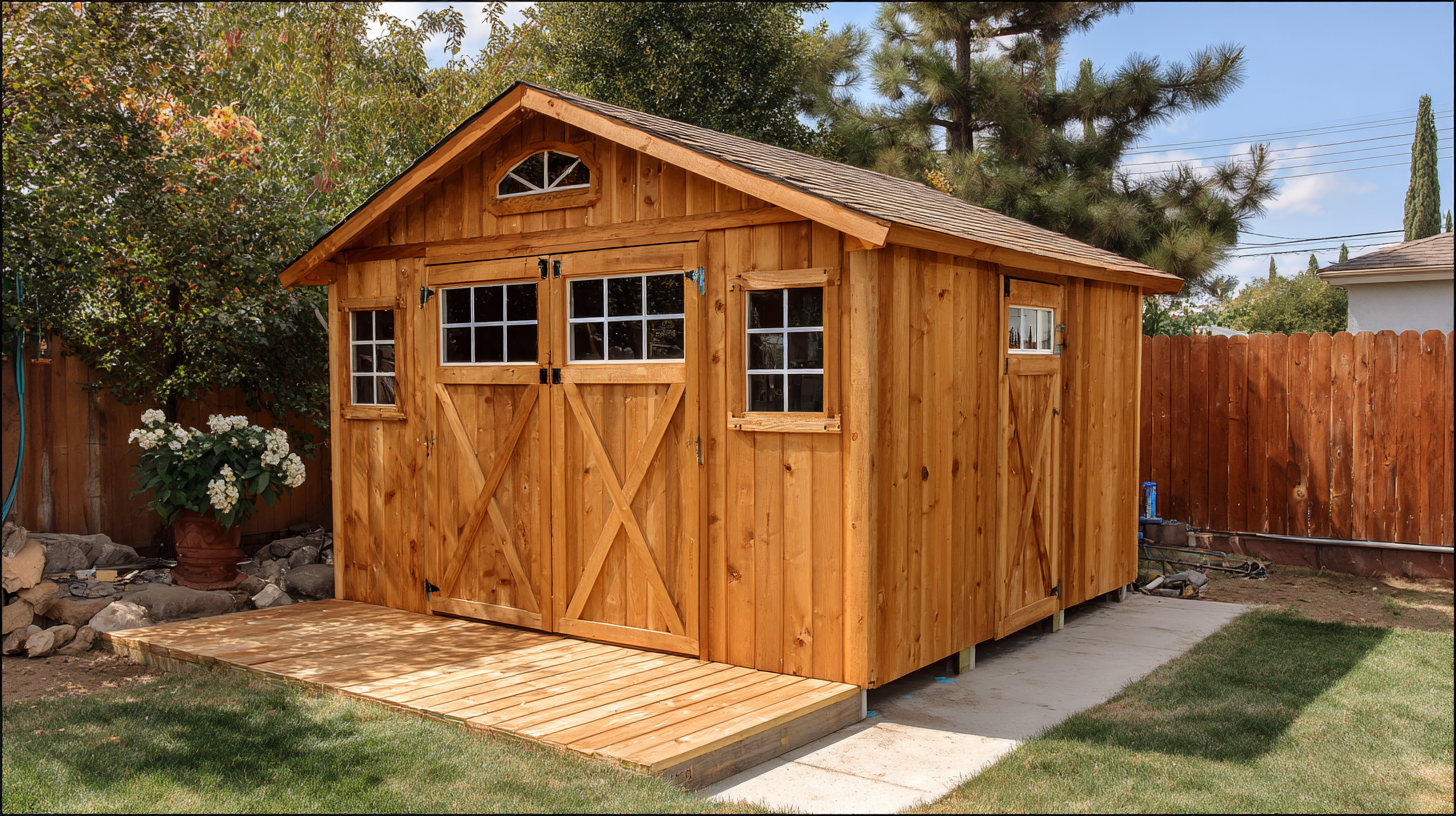
In addition to basic measurements, you'll want to think about the shed's intended use. The National Federation of Independent Business notes that common sizes range from 8x10 feet to larger 12x16 feet designs, depending on whether you need a simple garden tool storage or a multifunctional workshop. Moreover, local zoning regulations may impose specific size restrictions, further influencing your choice. Therefore, aligning your size requirements with purpose and compliance ensures that you invest wisely and get the most out of your cedar shed for years to come.
When selecting a cedar shed for your backyard, evaluating design options is crucial to ensure both functionality and aesthetic appeal. According to a report by the National Association of Home Builders, well-designed outdoor storage spaces can increase property value by up to 7%. This makes features such as built-in shelving, workbenches, and adequate lighting not just luxury additions, but smart investments.
Additionally, style plays a significant role in enhancing the functionality of your cedar shed. A modern, minimalist design may offer greater space efficiency, while traditional styles can complement classic architecture. According to a study from the American Institute of Architects, 68% of homeowners prefer sheds that blend seamlessly with the existing landscape. Opting for features like double doors can facilitate easier access, while window placements can improve natural light. In this way, the right design choices can transform your cedar shed into a versatile space for gardening tools, bicycles, or even as a workshop, maximizing its utility in your backyard.
When budgeting for your cedar shed project, it’s essential to consider both the initial costs and long-term value. According to the 2022 Shed Construction Industry Report, the average cost of a quality cedar shed ranges from $2,000 to $5,000, depending on size and features. This investment not only enhances the aesthetic appeal of your backyard but also provides a durable storage solution that can last for decades if properly maintained.
Tip 1: Assess your needs before making a purchase. Determine how much space you require by evaluating the items you intend to store. This will help you avoid paying for unnecessary features and reduce potential waste.
Tip 2: Explore various suppliers and compare prices. Industry insights suggest that purchasing directly from local manufacturers can save you up to 15% compared to retail prices. Don't hesitate to negotiate for better terms or discounts, which can significantly impact your overall budget.
Additionally, consider the long-term costs associated with maintenance and potential upgrades. While cedar is known for its natural resistance to decay, investing in a protective sealant every few years can prolong its lifespan and ultimately save you money.
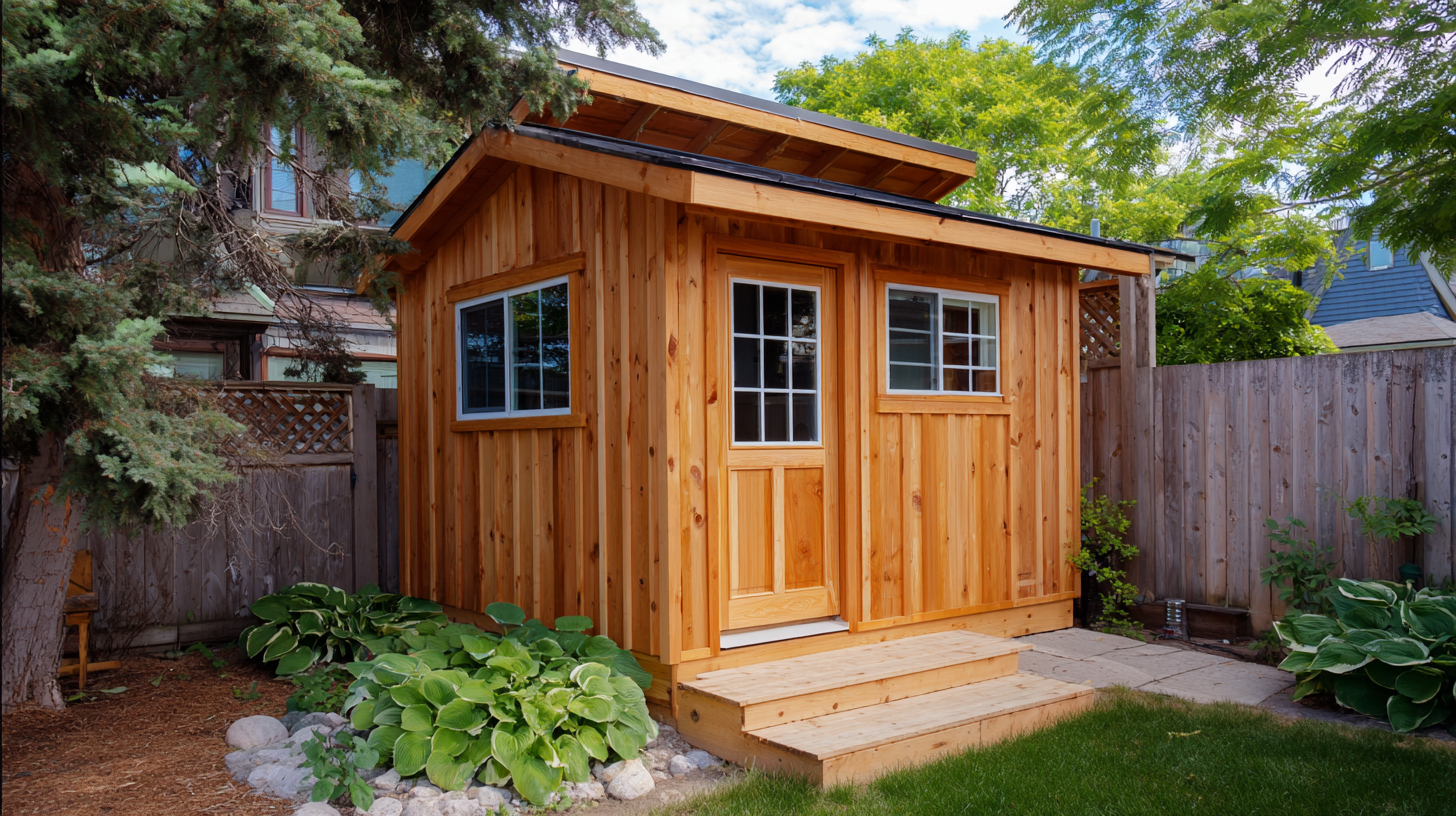
Cedar sheds are a beautiful and functional addition to any backyard, but their longevity heavily relies on proper maintenance. According to industry reports, untreated cedar can decay in as little as five years when exposed to the elements, while well-maintained cedar structures can last up to 30 years. To ensure your cedar shed stands the test of time, regular inspections for signs of wear and mildew growth are essential. This includes checking the roof, windows, and doors for cracks and ensuring proper drainage to prevent water accumulation.
Moreover, applying a protective sealant every few years can significantly extend the lifespan of your shed. Experts recommend using a breathable water-repellent sealer that allows the wood to expand and contract without trapping moisture. This is crucial as cedar does not require heavy staining; a clear or lightly tinted sealant retains the wood’s natural beauty while providing necessary protection. Regular cleaning with mild soap and water also helps maintain its appearance, keeping your cedar shed not only functional but also visually appealing for years to come.

